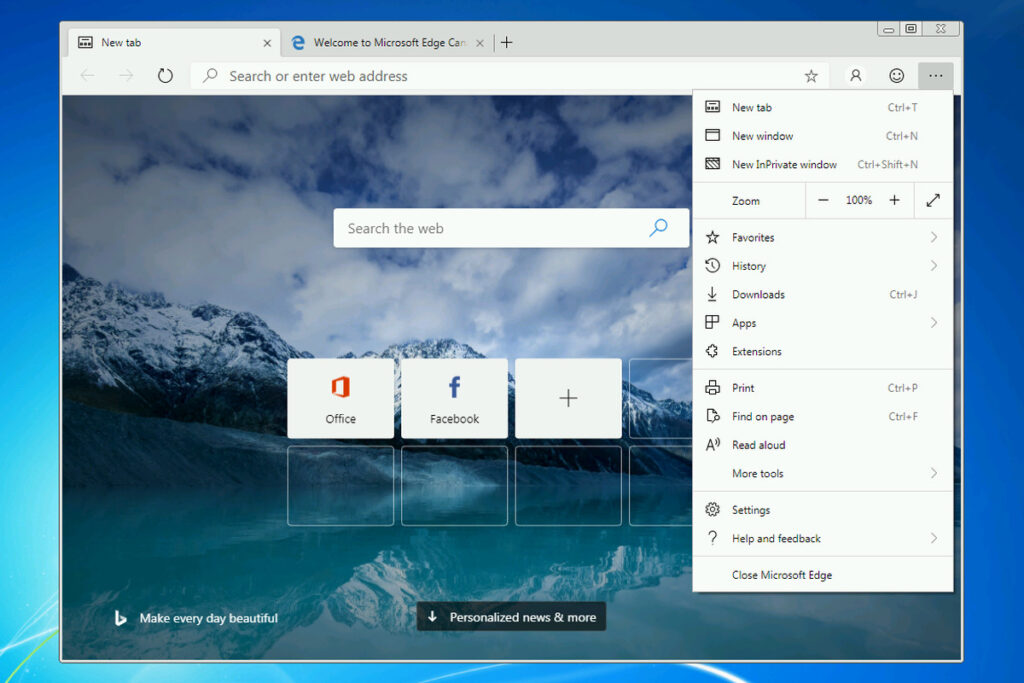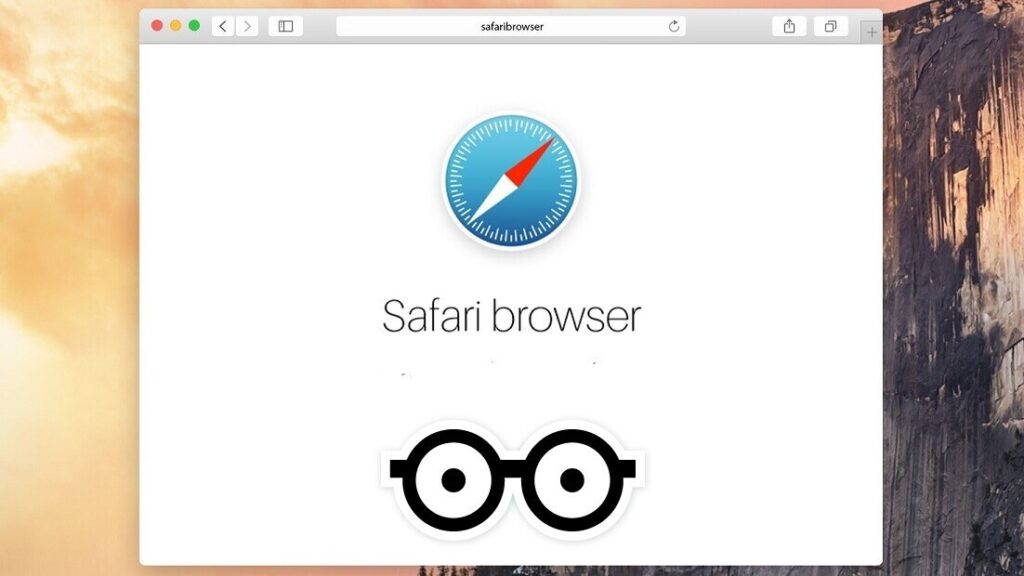Overview
Hello all, and welcome back to Ctrl Alt Develop’s blog series that goes back to the basics of modern technology for the tech beginner. Today we will focus on the window to the internet… the mighty browser. Internet is vast and complicated, with lots of rules, protocols, and processes to get data where it needs to go. Browsers simplify things (to an extent) by representing all of this in a simple, easy to read format.
Browsers are not without their own complications, though, and can be easy to misuse. Before we get into any sort of best practice discussion, let’s first get a few concepts nailed down and talk about the most popular browser choices.
Let’s dive in!
What Am I Looking at on the Internet?
Sites vs. Pages
First, let’s talk about where you’re trying to get when you go out to the internet. Whether it be your email, ordering groceries, or simply reading the news, each of the places you go belong to a website or site. A website can consist of one or many web pages. A page is what shows up on your screen after you click on a link. Only one page can show up on your screen at a time, but a web site can have many pages to it.
For instance, a website like yahoo.com has many pages. If you go to yahoo.com, you start on their “landing” page, but you can quickly go to a “login” page and sign in to your yahoo account. Once you sign in, you will be taken to a different page. From there you can click on a link to your email and look at that in yet another web page, and so on and so forth.
Bottom line: the internet is full of locations called web sites and each site can have 1 or many pages within it.
The Browser’s Role
So you’ve paid your internet provider, got your modem and router, and connected your computer to it. So let’s go to the internet. If you’re a super cool hacker-nerd you could use a command line interface to do this and get HTML markup language responses from your queries to parse the contents of a website…
Did any of that make sense? No? Good, then you’re reading the right post. Please read on.
What you need is an app (short for application) that can make all of the gibberish you read above into something we can all easily view and understand. Enter… the browser! Browsers are just programs that present the internet in its most attractive and easiest to use form. That’s not to say that browsers aren’t their own modern marvel and can become pretty complicated. But never fear! We are going to break it down to the basics and give you a few shortcuts and cheats along the way!
Browser Brands
While there are many browsers to choose from, there are really 4 main browsers these days- Edge, Chrome, Firefox and Safari. Let’s take a (very) quick look at each of them:
Edge

Edge was recently re-created with the same foundation as the Chrome browser (described below). This updated design built from scratch means this browser is lean and fast. It has all of the best parts of Chrome and far less fluff that takes up resources on your computer. This browser is great if you like Chrome, but you find your web surfing (clicking around on the internet from site to site) is slow. If you like lots of customization and extra features, though, you’ll find that Edge is lacking compared to Chrome. It is also exclusively for Windows devices.
PROS: Built from same foundation as Chrome but faster on slow computers.
CONS: Limited to Windows computers only. Lacks extra features of Chrome
Chrome

Chrome is one of the most popular browsers out there today… and for good reason! It is available on nearly all devices capable of internet access. It is also loaded with features and possibilities – Many of which beginners may not need or have use for. Another drawback is how big and “heavy” (slow on older computers) this browser has become. In spite of all of that, chrome is incredibly useful and has a great ecosystem of google based applications that can be used as a suite together.
PROS: Works on nearly any device. Tons of features with lots of extras
CONS: Has become resource hungry (uses a lot of the computer’s brains) and doesn’t work well in older computers.
Firefox

Firefox is another fantastic choice of browser and has long been considered one of the better browsers when it comes to privacy. Keep in mind this is different than security as all four browsers are relatively secure (always use antivirus software and be mindful of the sites you visit and links you click on). Privacy means that the browser itself isn’t collecting data on what you do while you’re using it. This browser also uses a lot of the computer’s resources to do it’s job, though.
PROS: Privacy focused. Lots of customization.
CONS: Resource hungry.
Safari

Safari is the go to browser for Mac users. It is simple, clean and embedded into every Apple product that has a screen! It is stable and updates less frequently than other browsers. Its simplicity comes with only one drawback… it lacks many of the customization features other browsers offer. Aside from that it is a wonderful way to surf the web!
PROS: Clean and simple. Fast.
CONS: Very little Customization.
So What Browser Should I Choose?
Like so many of life’s great quandaries, the answer is… it depends.
I know that is disappointingly vague so let us try to help you at least a bit more. If you are still reading this article and gaining some knowledge from it, it’s safe to assume you are a beginner. As a beginner we should focus on the basics, so we won’t need a lot of extra features just yet.
You’re also probably not using the latest, greatest computer, in which case you’ll want something lightweight and fast so whatever you are using can still get you to the site you want before your dinner is ready. So let’s take chrome and firefox off the table just for now.
If you’re using a Mac, go ahead and just stick with Sarfari. It’ll treat you well. If you’re on a PC, you’re likely running Microsoft and Edge will be their offering. Before their redesign, we would have told you to steer clear, but Edge is now a very serviceable browser!
Firefox and Chrome are also great options, though! (we use both), and if you’re already familiar with either, we certainly aren’t recommending a change!
Bottom line: If you’re already using one of these, stick with what you know. If you’re new and on a Mac- Safari is great! If you’re new and on Windows- go with Edge! You can’t go wrong with any of the above choices!
Wrapping Up
We now know the function of a browser- to help us easily access sites (and the pages within them) on the internet in a way that is easy to use and view. We have also skimmed over each of the big four browsers and their most prevalent pros and cons. If you’re brand new, hopefully we’ve helped you make a decision as what browser you’re going to use.
Next week, we will start looking at the most basic functions and settings of browsers, including:
- searching the web
- where the settings are
- how to “bookmark” a page (and what the heck a bookmark is)
- and more!
Stay tuned and thanks for reading!
Terms Used
- Browser – The piece of software that allows us to view all of the sites on the internet.
- Website/site – A location on the internet that can consist of one or many different pages.
- Web Page – The viewable part of a site that shows up in the browser. A site can have many pages you could click through.
- App – short for application. Also known as a program or software package.
- Web Surfing – Clicking around the internet from site to site, page to page. Kind of like looking for something to watch on television.





Pingback: Easy Internet Primer: Browser Tips and Tricks – Ctrl Alt Develop